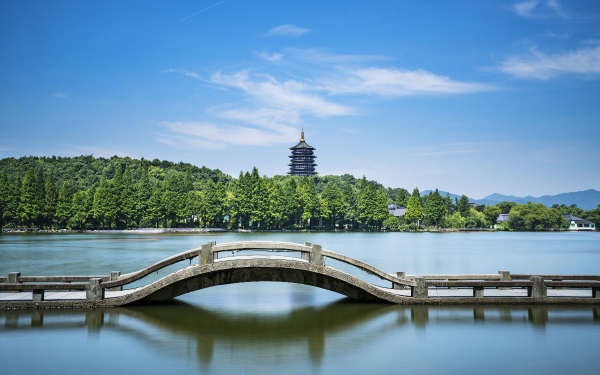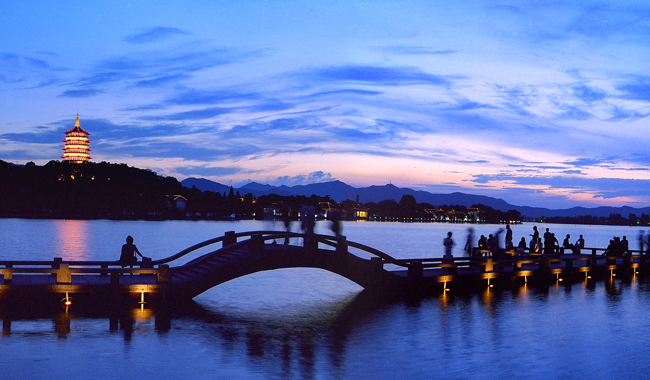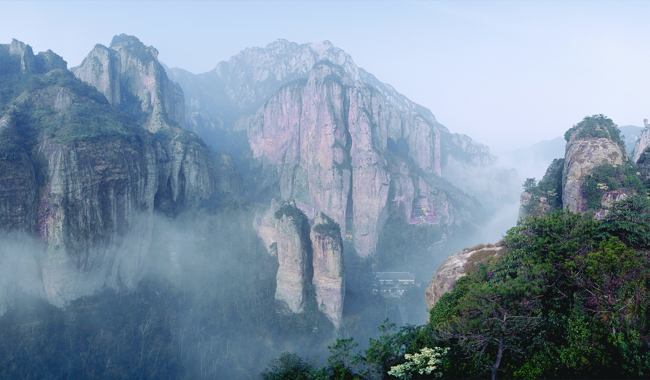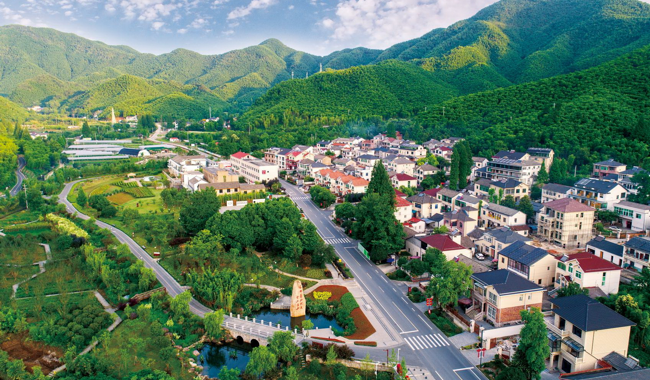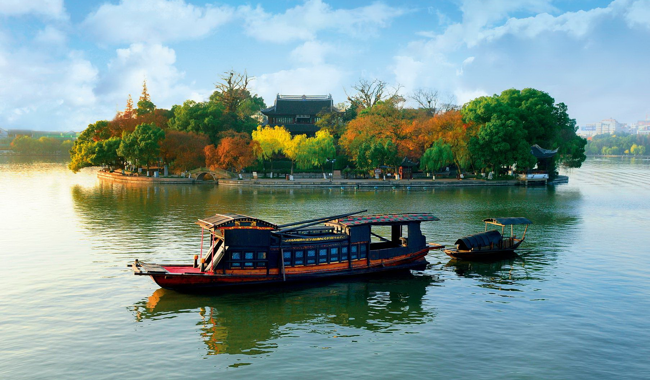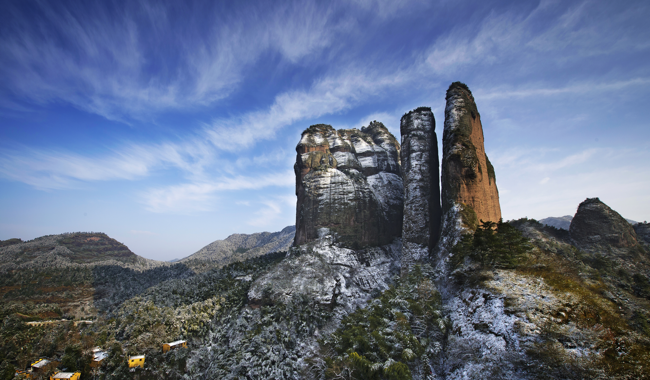Zhejiang has much to offer, with UNESCO world heritage sites such as the West Lake in its capital Hangzhou, a major section of the 3,200-kilometer-long Grand Canal and the archaeological ruins of Liangzhu that have gained world recognition as a testament to the existence of more than 5,000 years of Chinese civilization...
Zhejiang Province is located in the south of the Yangtze River Delta on the southeastern coast of China, bordering the East China Sea to the east, Fujian Province to the south, Jiangxi and Anhui Provinces to the west, and Shanghai and Jiangsu Province to the north. The Qiantang River, the longest river in the province, is also called “Zhijiang” or “Zhejiang” because of its twists and turns. Zhejiang Province, called “zhe” briefly, was named after this river, with Hangzhou as the provincial capital.
Natural scenery and humanities landscapes complement each other in Zhejiang. Hangzhou was the venue for the 2016 G20 Summit, boasting a unique charm of the integration of history and reality. There are numerous scenic spots of historic interests all over the province with the West Lake in Hangzhou as the center, including 22 national scenic spots, 4 national tourist resorts, 10 national nature reserves, 30 national garden cities, 11 national wetland parks, 39 national forest parks, and 5 national urban wetland parks. There are 9 national historical and cultural cities in t...
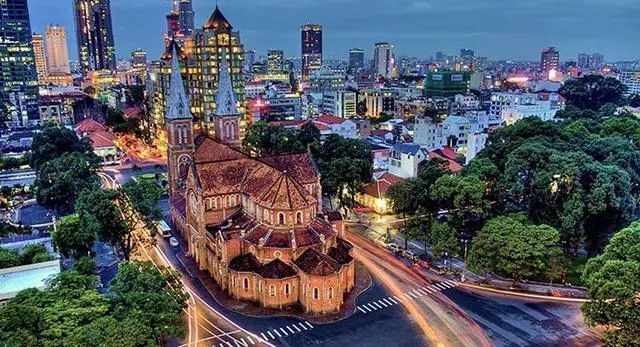 Ho Chi Minh City
Ho Chi Minh City became the capital of the Republic of Vietnam in 1955. Once known as Paris in the East, Ho Chi Minh City was profoundly influenced by the West both socially and economically. At the end of the 19th century, it was a famous port and rice market in Southeast Asia. In 1932, Saigon (what Ho Chi Minh was previously called) and Cholon formed the Saigon-Cholon Area, joined by Gia Dinh after the World War II and renamed the Saigon-Gia Dinh Area, or the Greater Saigon...
Details
Ho Chi Minh City
Ho Chi Minh City became the capital of the Republic of Vietnam in 1955. Once known as Paris in the East, Ho Chi Minh City was profoundly influenced by the West both socially and economically. At the end of the 19th century, it was a famous port and rice market in Southeast Asia. In 1932, Saigon (what Ho Chi Minh was previously called) and Cholon formed the Saigon-Cholon Area, joined by Gia Dinh after the World War II and renamed the Saigon-Gia Dinh Area, or the Greater Saigon...
Details
 Seoul
Seoul Special City, the capital of the Republic of Korea, is located in the western center of the Korean peninsula with the Han River running across the city. Seoul is the largest city on the peninsula and one of the major financial cities in Asia. It is also the political, economic, scientific, educational and cultural center of South Korea. There are 25 autonomous districts and 423 administrative “dong”units in Seoul. Seoul has a temperate monsoon climate. Famous attractions include...
Details
Seoul
Seoul Special City, the capital of the Republic of Korea, is located in the western center of the Korean peninsula with the Han River running across the city. Seoul is the largest city on the peninsula and one of the major financial cities in Asia. It is also the political, economic, scientific, educational and cultural center of South Korea. There are 25 autonomous districts and 423 administrative “dong”units in Seoul. Seoul has a temperate monsoon climate. Famous attractions include...
Details
